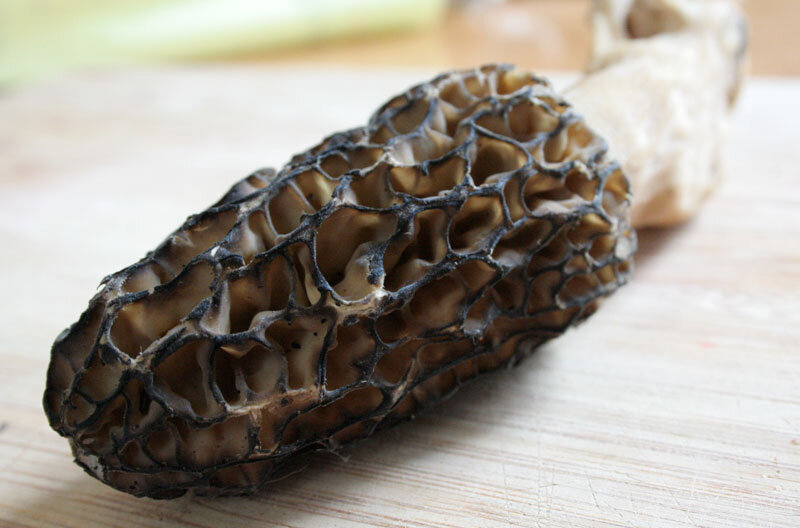The March of the Morel
Nothing beats the deep delight of finding a morel (or two!).
Northeastern foragers, watch out - the mighty morel is marching your way at a staggering rate! Morels are already fruiting in West Virginia and Ohio, and I expect them to arrive in southern Pennsylvania within the next week. This means morels should be fruiting two to three full weeks ahead of schedule throughout most of the region.
So what does this mean for our new state of residence, Vermont? The first morels typically fruit in southern Vermont the first week of May, arriving in Chittenden County about a week later. This year, I will start looking for half free and black morels the first week of April if this current weather pattern continues. By the first week of May, I wouldn’t be surprised if blacks had come and gone and yellows were peaking throughout the Green Mountain State. My predictions do come with a disclaimer: morels fruit when and where they please. Just when you think you finally have a good grip on their fruiting habits, they may throw you for a loop.
Just because morels are arriving early this year does not necessarily mean foragers should expect a bumper crop. In fact, though I am certainly hoping for many a morel feast this spring, I am quite concerned about this season’s harvest.
Morels favor days with highs around 60 and lows in the lower 40s. We have already had a couple 60 degree days in Burlington, and next week's forecast calls for temperatures hitting 80! Theoretically, a morel in a warmer Vermont microclimate could fruit any day now, but common sense says there is no way we will see morels in Vermont for at least another couple weeks.
By then, will local temperatures be too warm for morels to fruit altogether? Morel fruitings depend on a delicate and enigmatic balance of timing, temperature, nutrition, precipitation, and carbon dioxide levels, so it is easy to imagine this spring’s bizarre weather interfering with the 2012 crop.
Then again, the capricious nature of global warming may demand we throw all notions of “common sense” regarding seasonality out the window, so who knows? Perhaps a tiny morel primordia is already forming near the base of an old apple tree somewhere in the depths of Vermont.
Found on May 2nd in Ithaca, NY, this black morel was my first find of 2011. Despite being further north, I expect to find the first black morel earlier this year.

